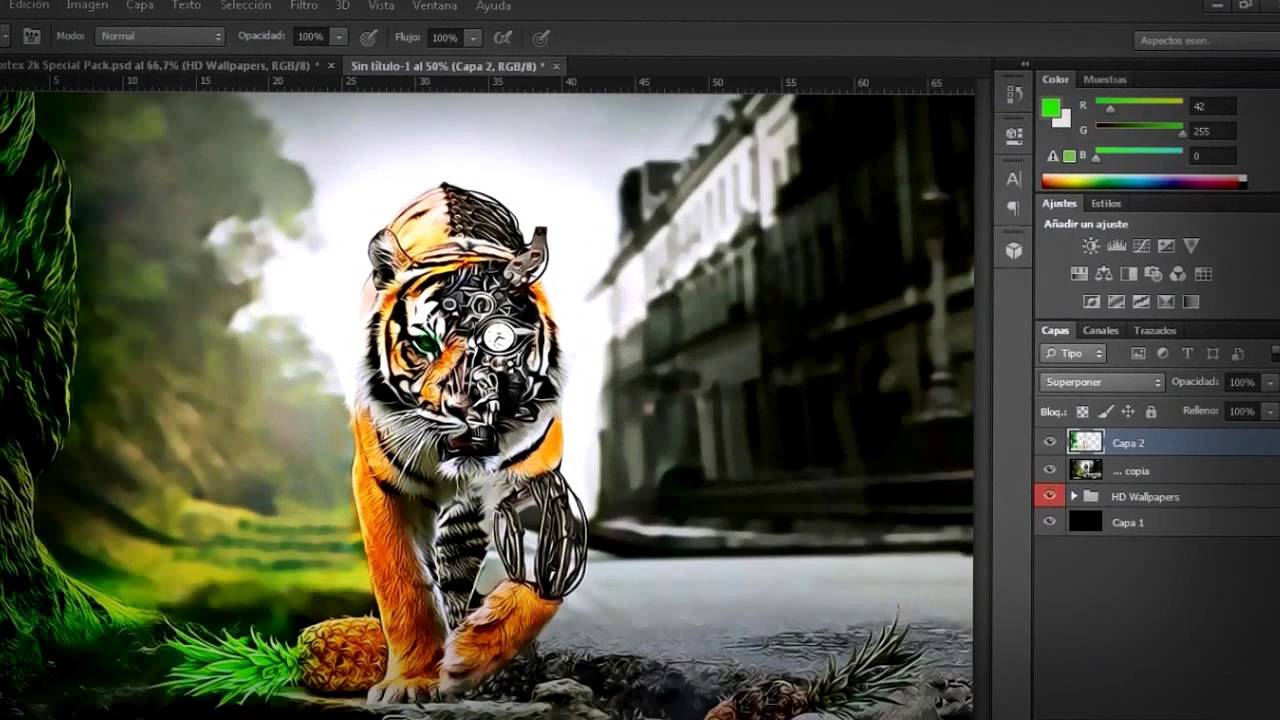Cutting Edge: Transforming Your Vision into Cinematic Reality
Cutting Edge: Transforming Your Vision into Cinematic Reality
Blog Article

In today's digital landscape, the power of video editing has never been more accessible or vital for creators. Whether you are a seasoned filmmaker, a budding YouTuber, or simply someone looking to capture and share personal moments, the ability to transform raw footage into a polished narrative can elevate your storytelling to new heights. With a plethora of tools and techniques at your disposal, the process of video editing becomes a canvas for your creativity, allowing you to shape your vision into a compelling cinematic experience.
As technology continues to advance, the capabilities of video editing software have expanded dramatically. From intuitive applications designed for amateurs to professional-grade suites that provide endless possibilities, the world of editing offers something for everyone. The art of editing is not just about cutting and arranging clips; it is about creating an emotional journey that resonates with viewers. By mastering video editing, you can turn simple ideas into breathtaking realities, engaging audiences and leaving a lasting impact.
Essential Tools for Video Editing
Choosing the right tools for video editing is crucial for achieving the desired cinematic effect. One of the most fundamental pieces of software for video editing is a non-linear editing system, commonly referred to as NLE. Programs like Adobe Premiere Pro, Final Cut Pro, and DaVinci Resolve offer extensive features that allow editors to organize, cut, and enhance footage seamlessly. Each of these tools brings its own set of strengths, catering to different styles and preferences. Whether you're working on a short film, a commercial, or a social media clip, these NLEs provide the flexibility needed for professional-grade editing.
In addition to editing software, having the right hardware can greatly impact the efficiency and quality of the editing process. A powerful computer with a high-performance graphics card, ample RAM, and fast storage is essential for handling high-resolution footage. Additionally, investing in a dual-monitor setup can enhance productivity, allowing editors to preview their timeline on one screen while accessing effects and media on another. These tools help streamline the workflow, making it easier to keep track of elements and speed up the editing process.
Free Online Video Trimmer For Large Files
Lastly, audio editing software is another vital tool for creating a polished final product. Video and audio go hand in hand, and tools like Adobe Audition or Audacity allow editors to clean up sound quality, add effects, and ensure that the audio complements the visuals effectively. Proper audio enhancement can elevate the emotional impact of a video, making it resonate more with viewers. By combining the right editing software, powerful hardware, and effective audio tools, editors can transform their creative vision into a stunning cinematic reality.
Techniques to Enhance Your Footage
To make your footage stand out, color grading is one of the most effective techniques available. This process involves adjusting the colors, brightness, and contrast to create a specific mood or aesthetic. By using software tools such as Adobe Premiere Pro or DaVinci Resolve, you can manipulate color wheels, curves, and LUTs (Look-Up Tables) to achieve a professional look. A well-executed color grade can significantly enhance the emotional impact of your video and create a cohesive visual style.
Another essential technique is the use of transitions. Smooth and creative transitions can elevate the storytelling aspect of your video. Instead of simple cuts, consider using fades, wipes, or even custom animations to guide viewers through the narrative. Careful selection and timing of transitions can help maintain the flow of your footage while keeping the audience engaged. Additionally, incorporating techniques like match cuts or jump cuts can add a dynamic feel to your editing.
Lastly, sound design plays a crucial role in enhancing the overall quality of your footage. This involves not only the background music but also sound effects and ambient sounds that complement the visuals. High-quality audio can elevate the viewer's experience and add layers of immersion. Effective sound layering and audio mixing can make scenes more impactful, ensuring that the visuals and sound work harmoniously to convey the intended message and emotion of your project.
Finalizing and Sharing Your Masterpiece
Once your video editing process nears completion, it's crucial to take the time to review your project. This includes watching the entire footage to ensure that every cut, transition, and effect flows seamlessly. Pay attention to the audio levels and any inconsistencies that may disrupt the viewer's experience. This final review stage allows you to make any necessary adjustments before rendering your video into its final form.
After refining your project, you can proceed to render the video. Choose the appropriate format based on your intended use, whether it's for online sharing, broadcast, or archival purposes. Different platforms may have specific requirements, so it's essential to optimize your video settings for the best quality and compatibility. The rendering process might take some time, but it is a vital step in ensuring that your hard work translates well into the final product.
Once rendered, it's time to share your masterpiece with the world. Consider the platforms you want to use, such as social media, video sharing sites, or personal websites. Tailor your promotional strategy to reach your target audience effectively. Engaging with viewers through comments, feedback, and social media can create a community around your work, leading to more visibility and recognition in the ever-evolving realm of video editing.
Report this page